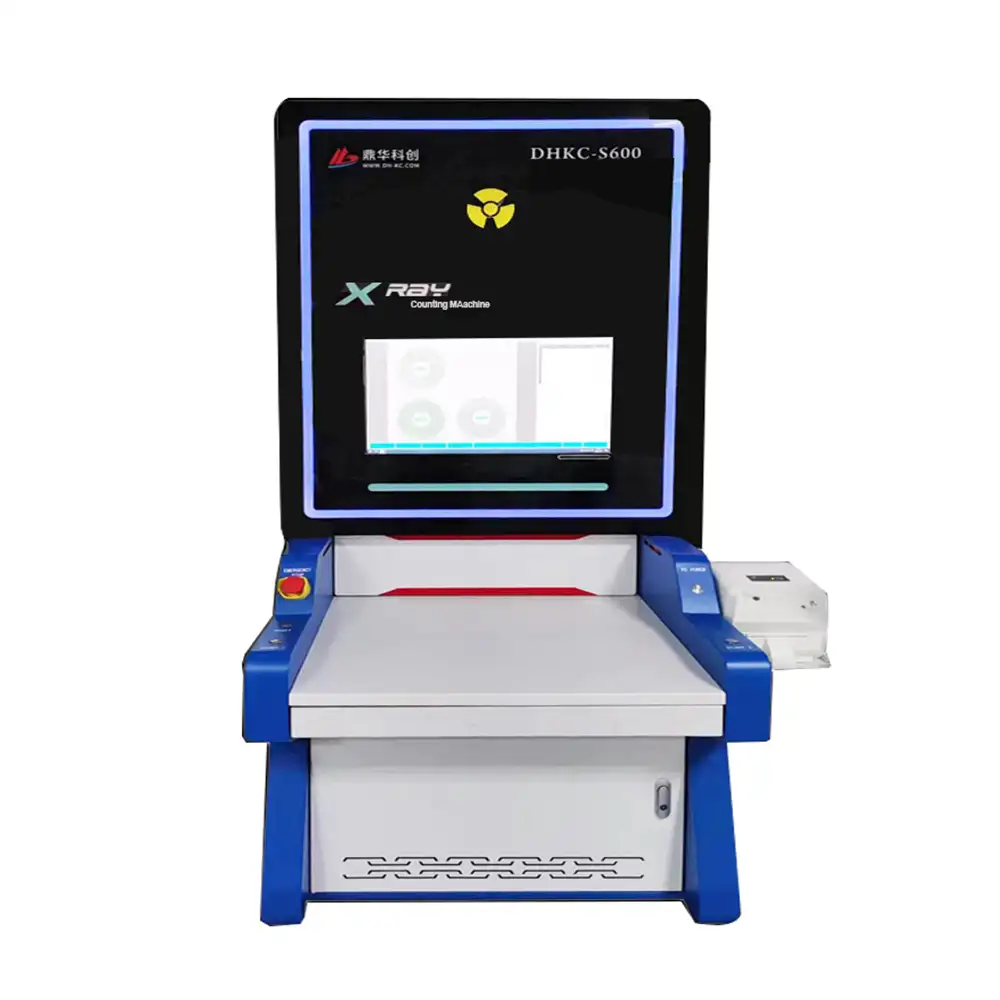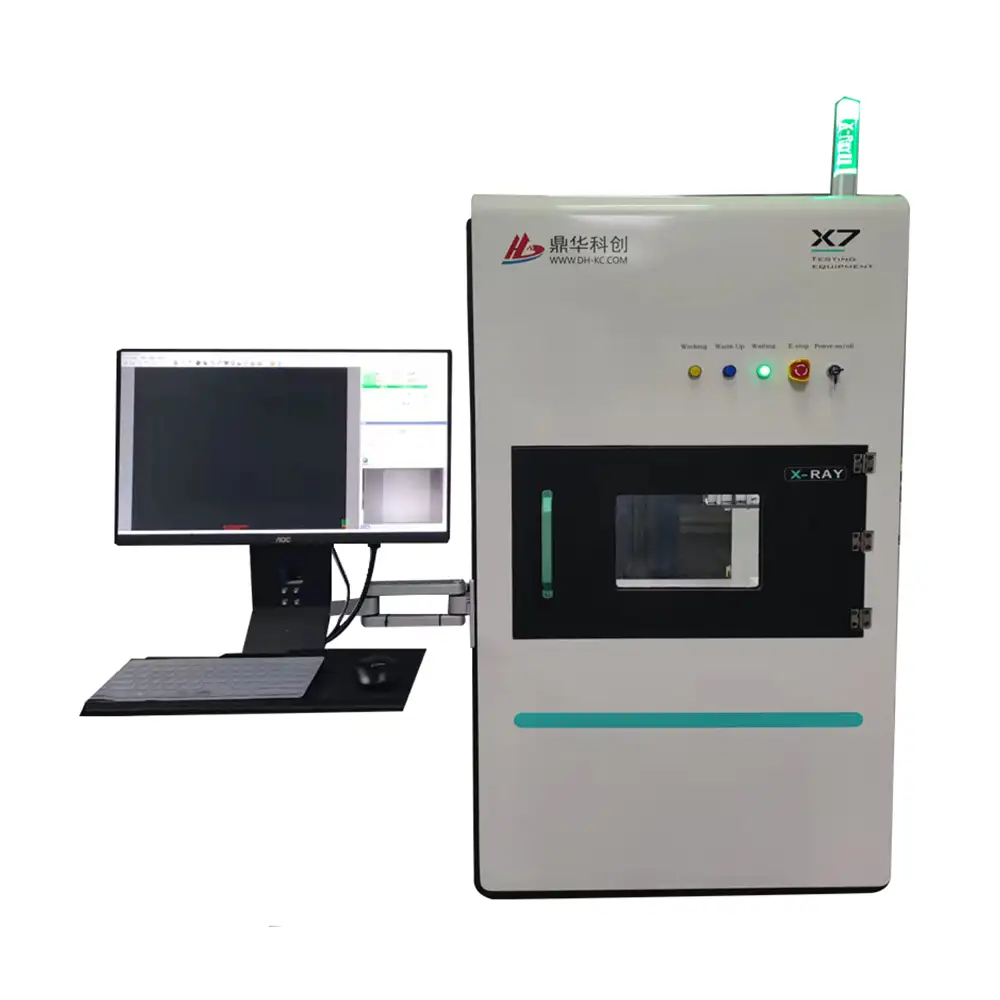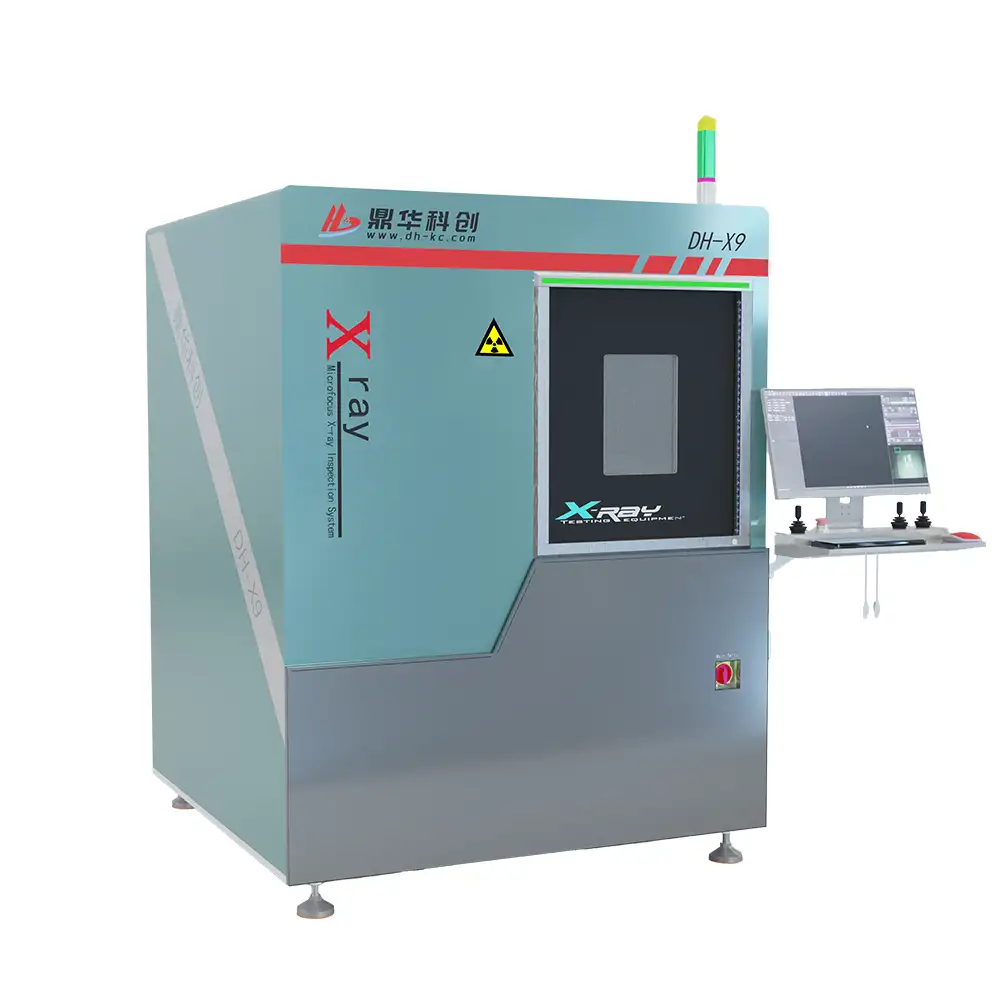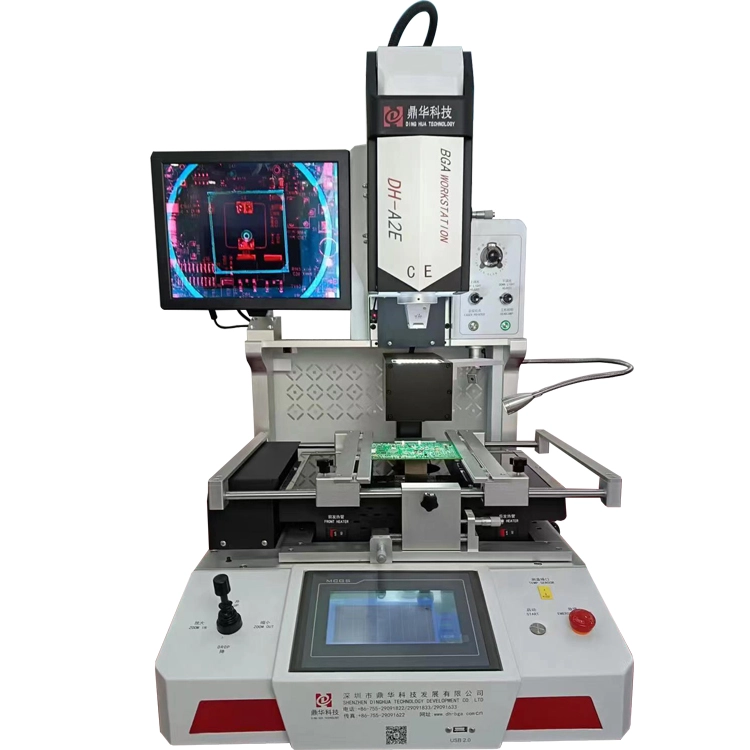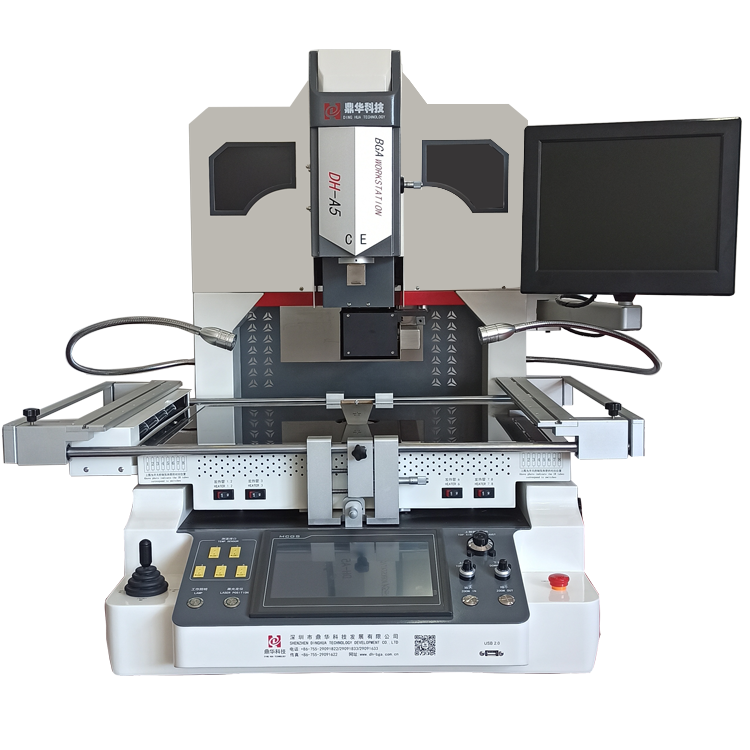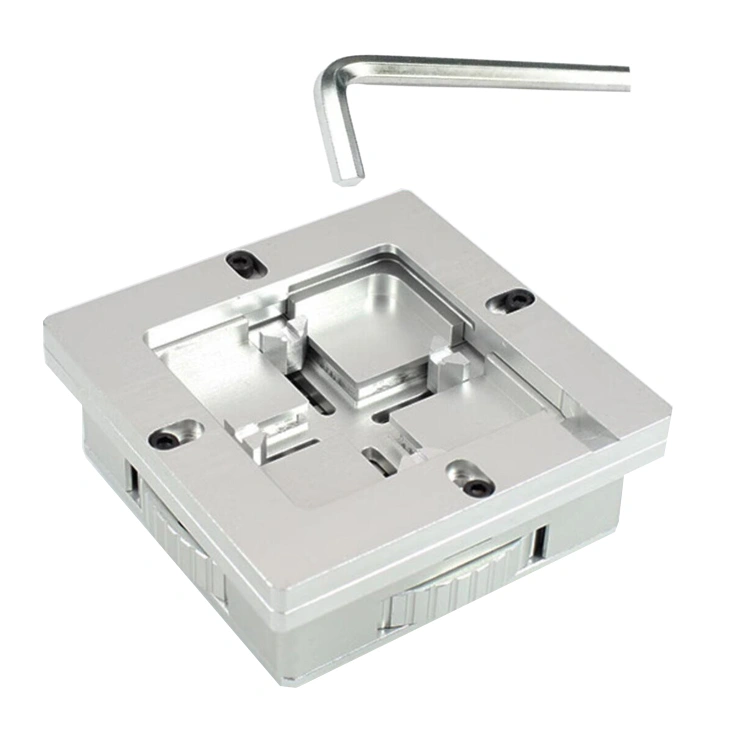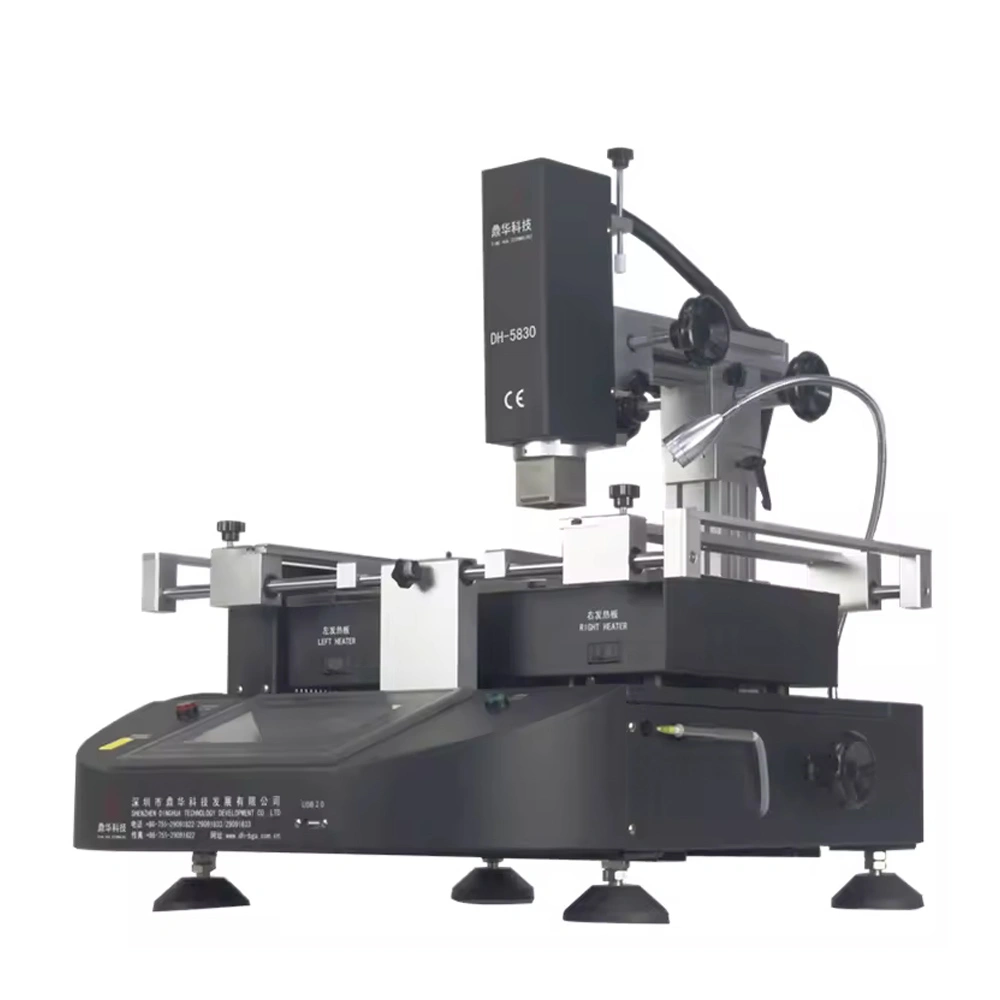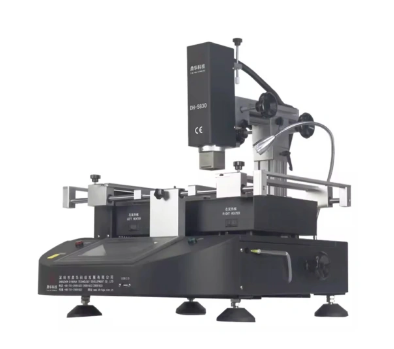Professional Equipment Manufacturer
 Esperanto
Esperanto
 Shqiptare
Shqiptare
 Euskara
Euskara
 Zulu
Zulu
 Latinus
Latinus
 Cymraeg
Cymraeg
 தமிழ்
தமிழ்
 Slovak
Slovak
 Slovak
Slovak
 Afrikaans
Afrikaans
Understanding BGA Reballing Stations: Essential Tools for Effective Industrial Equipment Repair
2025-07-09
BGA packages are commonly used in modern electronics due to their ability to accommodate a high density of connections. However, over time, these connections can become compromised due to various factors, including thermal cycling, mechanical stress, and manufacturing defects. The reballing process involves removing the original solder balls, cleaning the pad areas, and then applying new solder balls to ensure a strong and durable connection.
A BGA reballing station typically includes several key components: a heat source, a vacuum system, and a stencil for precise placement of the new solder balls. The heat source is often a hot air rework station or an infrared heater, which provides uniform heating to facilitate the melting of solder without damaging the surrounding components. The vacuum system is used to remove the old solder balls effectively, while the stencil ensures that new solder balls are placed accurately on the BGA pads.
One of the significant advantages of using a BGA reballing station is the ability to restore functionality to expensive electronic components without the need for complete replacement. This not only leads to cost savings but also reduces waste, making it an environmentally friendly option. Additionally, reballing can extend the lifespan of essential machinery, contributing to more efficient operations and reduced downtime.
The process requires a high level of precision and expertise, and technicians must be well-trained in the use of BGA reballing stations. Proper training ensures that they can execute the process effectively while minimizing the risk of damage to sensitive components. Moreover, implementing best practices in the reballing process can enhance the reliability of the repair, leading to improved customer satisfaction.
In conclusion, a BGA reballing station is an indispensable tool in the industrial equipment repair sector. Its ability to efficiently restore damaged BGA packages enhances the reliability of electronic devices and contributes to sustainable practices within the industry. For technicians focused on maintaining and repairing complex electronic systems, mastering the use of a BGA reballing station is essential for delivering high-quality service and support. Understanding this technology will empower professionals to tackle the challenges of electronic repairs with confidence and skill.
Keywords:
Related News
Understanding BGA Reballing Stations: Essential Tools for Effective Industrial Equipment Repair
The BGA (Ball Grid Array) reballing station is an essential tool for professionals in the industrial equipment repair industry, particularly when dealing with motherboards and other electronic components. This advanced repair technique is crucial for ensuring the long-term performance and reliability of critical devices. BGA packages are commonly used in modern electronics due to their ability to
The Ultimate Guide to Choosing the Right Automatic BGA Rework Station
The Ultimate Guide to Choosing the Right Automatic BGA Rework Station Introduction to BGA Rework Stations In the world of electronics manufacturing and repair, **Ball Grid Array (BGA)** components require specialized attention. The automatic BGA rework station is an indispensable tool, enabling technicians to efficiently repair, replace, and rework BGA components on PCBs (Printed Circuit Board
Mastering Manual BGA Rework Stations for Precision Repairs
Manual BGA (Ball Grid Array) rework stations are essential tools in the field of electronic equipment repair and maintenance. These sophisticated systems allow technicians to precision-repair soldered connections for BGA components on printed circuit boards (PCBs), which are commonly found in various industrial equipment. The ability to perform such repairs manually is crucial for extending the li
For the critical reballing process, the manual station includes a complete stencil kit with aluminum frames holding precision-etched stainless steel templates for common BGA pitch sizes.






